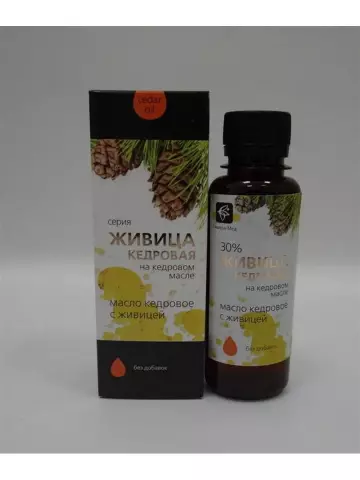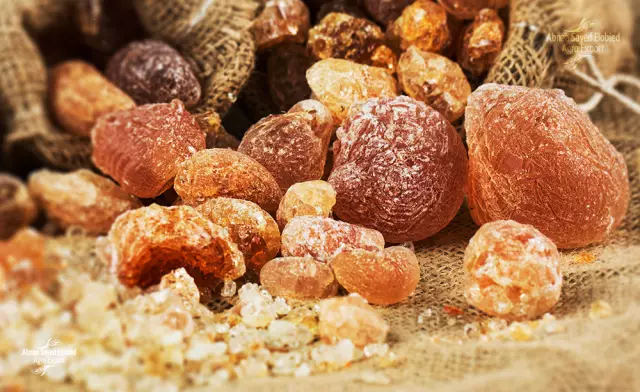- Author Rachel Wainwright [email protected].
- Public 2023-12-15 07:39.
- Last modified 2025-11-02 20:14.
Locust bean gum

Locust bean gum (E410) is a food additive belonging to the group of stabilizers and emulsifiers. It has the functions of a thickener, a weak gelling agent, and an encapsulating agent.
The substance is obtained from the beans of the carob pods - Mediterranean acacia, whose name in Latin sounds like Ceratonia siliqua. For this, the beans of a plant growing on the Mediterranean coast are crushed into husks (30-35%), endosperm (40-45%) and sprouts (20-25%). It is the crushed endosperm that is presented as the so-called locust bean gum.
The chemical structure of locust bean gum is similar to guar gum, a stabilizer obtained from the seeds of a pea tree growing in Pakistan and India, and is a polymer composed of molecules of residues of more than 2000 simple and complex monosaccharides. The substance is, in fact, a yellowish powder with no characteristic odor.
Locust bean gum properties
Locust bean gum is distinguished by the fact that it retains its properties both in acidic and salty environments, and when heated. The stabilizer has such characteristics as:
- High viscosity (3100). It dissolves completely only in hot water at a temperature of at least 85 degrees Celsius. There are modifications of the substance that can dissolve in cold water;
- It is a strong synergist that affects the properties of other colloids;
- Preserves and enhances the taste of various product aromas.
When a food additive is used, the formation of ice crystals is slowed down in the process of cooling the product, resulting in the formation of a homogeneous structured gel. Mixing with xanthan, alginate and other emulsifiers, locust bean gum enhances their gelling properties, thanks to which the E410 additive has found wide application in the production of dairy products, ice cream, processed cheese.
Application of locust bean gum
In addition to the above products, locust bean gum is used in the production of canned vegetables and fruit (for example, canned carrots and pickled cucumbers), canned mackerel, sardines, low-fat margarine (up to 10 g / kg), cheese, cottage cheese, flavored yoghurts, cream, bouillon cubes, mayonnaise and ketchup. Also, the food additive can be included in the dough for the manufacture of bakery products in order to preserve their freshness, as well as jams, marmalades, jellies and other similar products.
Approved as an additive in canned baby food, as well as complementary foods for infants.
The harm of locust bean gum
According to official data, locust bean gum does not have the ability to be broken down in the human gastrointestinal tract (the human body lacks the necessary enzymes), which explains its removal from the body in an unprocessed form.
To date, the harm of locust bean gum has not been proven; food supplement E410 is considered relatively safe for health. However, the use of locust bean gum can still cause harm to people suffering from individual intolerance to stabilizers and other food additives, as well as people with diseases of the gastrointestinal tract.
The recommended consumption rate for E410 is no more than 20 mg / kg or 0.1-1% of the weight of the finished product.
Locust bean gum is allowed as a food additive on the territory of the Russian Federation and Ukraine.
Found a mistake in the text? Select it and press Ctrl + Enter.






